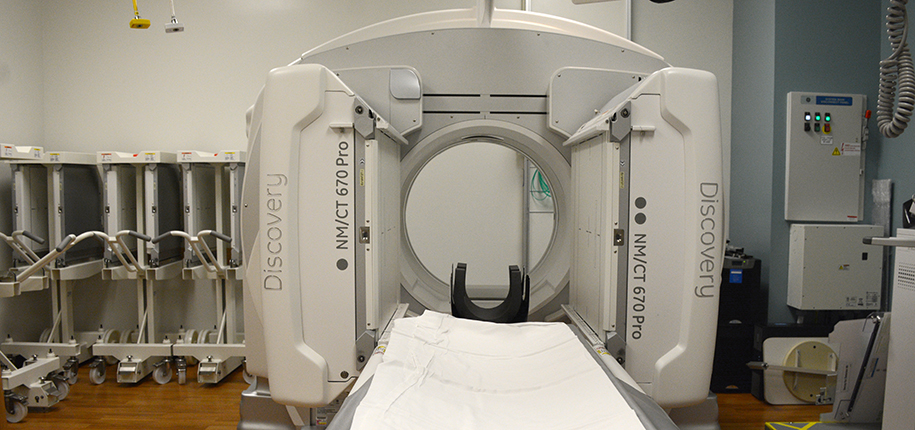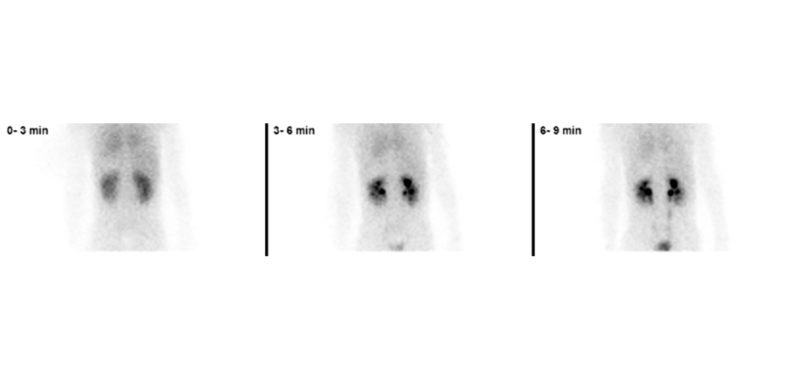Facts About Nuclear Medicine You May Not Have Known
At Cincinnati Children’s, nuclear medicine is a commonly used modality to image virtually every part of the pediatric body. There are many interesting facts about this field, and below you’ll find eight of them!
- Nuclear medicine is a medical imaging specialty that uses radioactive materials to diagnose and treat diseases.
- The most commonly used radiopharmaceutical in nuclear medicine is Technetium-99m, which is used in about 80% of all nuclear medicine procedures.
- Other commonly used radiopharmaceuticals in nuclear medicine include iodine-131, fluorine-18, and gallium-67.
- Nuclear medicine imaging techniques include single-photon emission computed tomography (SPECT) and positron emission tomography (PET).
- SPECT and PET are highly sensitive 3D imaging techniques that allow for early detection of disease and the ability to monitor disease progression.
- Nuclear medicine is commonly used to diagnose and treat cancer, heart disease, and neurological disorders.
- Radiopharmaceuticals are commonly administered into a patient’s vein and the body processes the radiopharmaceutical. Nuclear medicine cameras can see the radiopharmaceutical inside a patient’s body.
- The use of nuclear medicine has significantly improved the diagnosis and treatment of many diseases, and it continues to be an important tool in modern medicine.
How many of these did you know? What did you learn? Leave a reply in the comments below.
Contributions by Joby MacLean, CNMT; Glenn Miñano, BFA, editor; Meredith Towbin, copy editor


